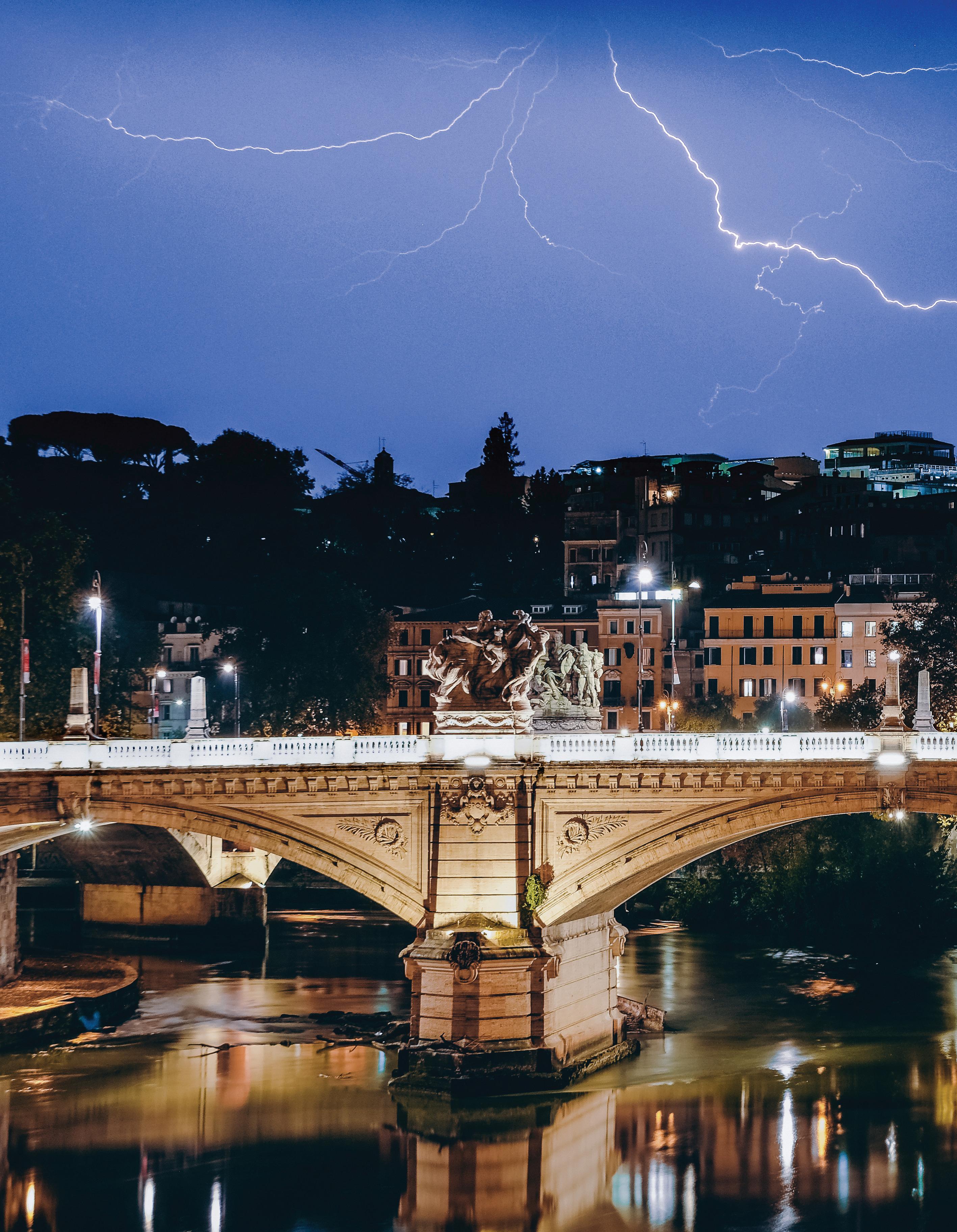
4 minute read
CONNECTING MIDWEST & MIDDLE EAST
There are nearly 6,578 miles separating Madison Wis, from anywhere in the Middle East. This distance can make cities like Cairo, Istanbul or Dubai feel like they are worlds away. However, the Middle East is never far from art history professor Jennifer Pruitt’s mind. The faraway cities of the Middle East are present throughout her office — from the posters on her walls to the stacks of golden Building the Caliphate books that she herself wrote. Pruitt grew up in Urbana, Illinois and went to Smith College, a small liberal arts school on the East Coast. In college, she fell in love with art history — in particular, non-European art. After attending only two lectures on Islamic Art, Pruitt found herself intrigued by the topic and decided to find a way to study more, even if it wasn’t in the classroom. Her senior year, she received a grant from Smith College to spend a month studying in Istanbul. She packed her bags and left the country for the very first time, totally on her own. Jet lagged and overwhelmed, Pruitt arrived in Turkey in the middle of the night. The next morning, she made her way to the rooftop restaurant of her hotel to get some breakfast. She was unsure what to expect, but immediately fell in love. From the roof, she saw Hagia Sophia — the magnificent church, turned mosque, turned museum — situated in the center of the Istanbul skyline. The morning sun shone off of the four minarets surrounding the impressive and vibrant dome on the top of the structure. “That morning I was like, ‘Oh, now this is it. I’ve made it,’” said Pruitt. “It was just a very magical moment.” In the many magical moments that followed, Pruitt formed a connection to the cities of the Middle East: a connection so strong it has led her to get a PhD in Islamic Art, spend five years living in Cairo and Istanbul, and take on her current role as the only Islamic Art-specializing professor of art history at UW-Madison. On April 15th, 2019, Pruitt was forced to think about how the world sees the religious sites of the Middle East. She had long known that not everyone in Wisconsin shares her deep appreciation for Islamic cities and culture. But early in the morning that day, Notre Dame caught fire and the whole world seemed to be talking about it. Within two days of the fire, The Chicago Tribune reported that nearly one million US dollars had been raised to restore the historic structure in Paris. Pruitt watched the tragedy from afar, and as an art historian, was pleased that so many people cared about the arts and wanted to support the renovation of the church — but as an Islamic architecture specialist, she began to think about the treatment of monuments worldwide. The Middle East is no stranger to its holy buildings burning. The great mosque of Giza, the Great Mosque of al-Nuri, and many more have caught fire, or no longer exist for any number of reasons — but American and worldwide audiences don’t often hear about these tragedies or have the kind of universal response seen when Notre Dame burned. Pruitt thought about why the people in her Facebook feed have such different reactions to a church burning in WRITTEN & ILLUSTRATED BY LILY OBERSTEIN Dobie joists is my JEEa connecting midwest & middle east
Paris than a Mosque burning in Giza and decided that it isn’t that Western audiences dislike the Middle East, but rather that they don’t have the same relationship with the countries housing these mosques. So she came up with a plan to change that.
Professor Pruitt teaches Art History 373: Great Islamic Cities, a course intended for students who don’t necessarily have any prior knowledge about the Islamic Cities. After the tragedy in Paris, Pruitt realized she had the opportunity to help students in Wisconsin form connections with places that they may never have heard of before her class. Her idea? To have each of them create an Islamic city travel guide.
“I want students to feel connected [to the Middle East] in a way that’s personal, that’s not just academic. [The project is] not just about comparing and contrasting things, but [I want students] to have a more kind of immersive trip, to actually plan a trip to these areas,” said Pruitt. “I emphasized the parts of [travel] that make me feel connected to a city... where you’re going to eat, cultural events you’ll attend, and maps of the places you’ll go, all this kind of stuff that makes you think of [cities] more dynamically.”
By the end of the semester, the students in Pruitt’s Great Islamic Cities course had not only written a travel guide, but also presented their itineraries to the class. Students talking about Sana’a, Yemen displayed images of the dazzling gingerbread style buildings that spread across the city. Students covering Isfahan, Iran, showed photographs of the fairytale-like paintings covering the inside of Vank Cathedral, and those presenting on Damascus brought in tabbouleh, falafel and hummus for the class to eat.
While Pruitt was happy with the results and felt like students had begun forming personal connections with the cities they researched, there is still nothing like having a “magical moment” while visiting one of these cities in person. Her hope now is that perhaps one of the students in her class has been swayed to travel to one of the cities they learned about.
“My ultimate dream,” she said, “would be that people would actually go into some of these cities and see them for themselves.”
toff
Tina
Dobie is
joists











